Background
I have a dataframe d with ~10,000 rows and n columns, one of which is an ID variable. Most ID's appear once, but some appear more than once. Say that it looks like this:
Problem
I'd like a new dataframe d_sub which only contains ID's that appear more than once in d. I'd like to have something that looks like this:
What I've tried
I've tried something like this:
d_sub <- subset(d, duplicated(d$ID))
But that only gets me one entry for ID's b and d, and I want each of their respective rows:
Any thoughts?


